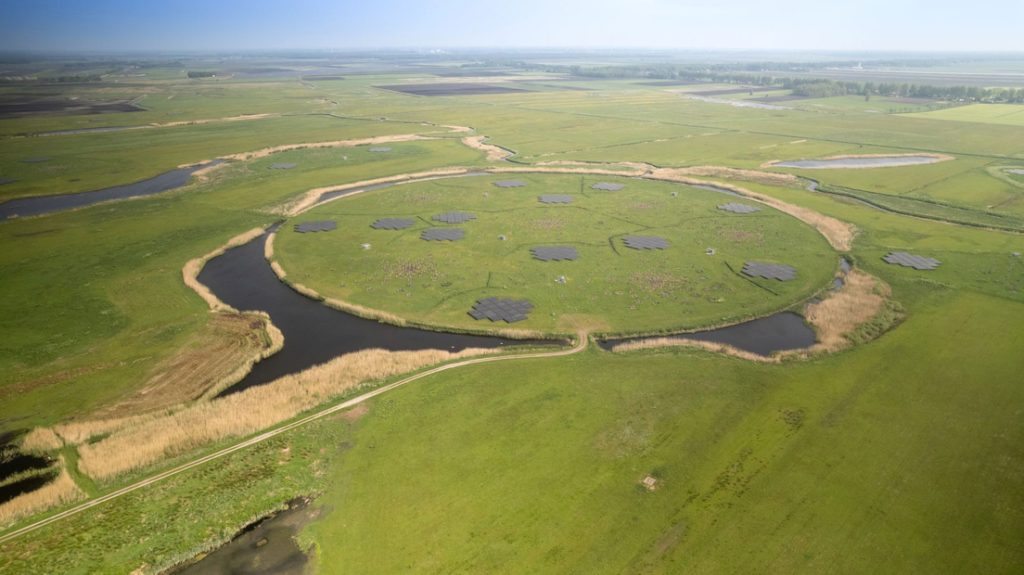It’s been five years since a new version of the LOFAR telescope was made at Exloo. The project cost 20 million euros, but the results are promising. Today, prototypes have been connected for the first time. This is done at the Dwingeloo test station.
“This is an upgrade for a now revolutionary telescope,” Jessica Dempsey explains. Flags hang in the testing grounds in the main office and employees celebrate the event with a cake. The promotion is one of Dempsey’s first projects as a new director at ASTRON. “It is a great honor to celebrate this with ASTRON and the Netherlands as we open this test station.”
The LOFAR telescope is a network of tens of thousands of antennas. They are deployed in the field. Not only in Drenthe, but also in other countries of Europe. Radio astronomer Jason Hessels: “Each individual antenna is not so important, it is the cooperation of tens of thousands of antennas that makes it possible to make very clear and very sensitive maps of what the universe looks like.”
Antennas measure radio waves. All types of radio waves can be measured with LOFAR, both long and short waves. “There are continuous cosmic radio waves hitting the Earth a bit like the sea. In each antenna we have to measure: How strong are these radio waves and where do they come from? This way we can make a map, like a visual image of a starry sky but with radio light. We see black holes, And we see galaxies collide with each other in a way that we can’t see with optical light.”
Watch the video below about the new LOFAR telescope:

“Total coffee specialist. Hardcore reader. Incurable music scholar. Web guru. Freelance troublemaker. Problem solver. Travel trailblazer.”







More Stories
GALA lacks a chapter on e-health
Weird beer can taste really good.
Planets contain much more water than previously thought